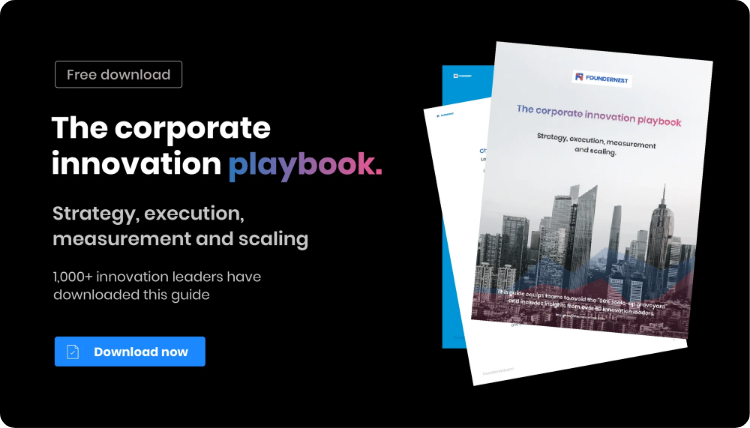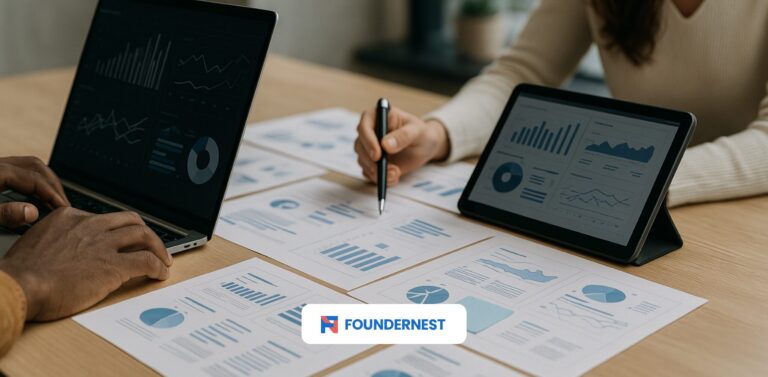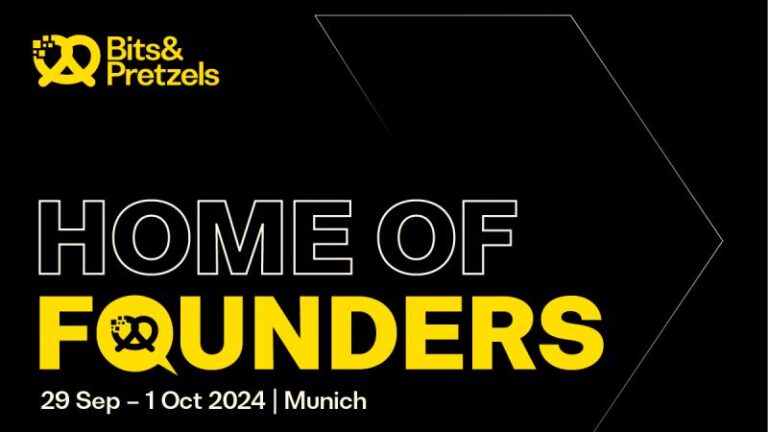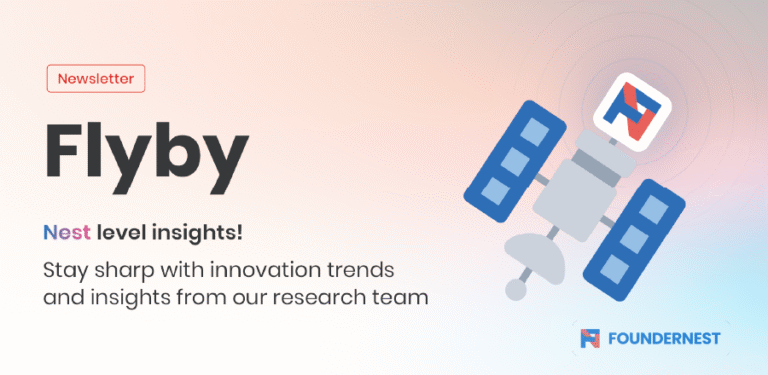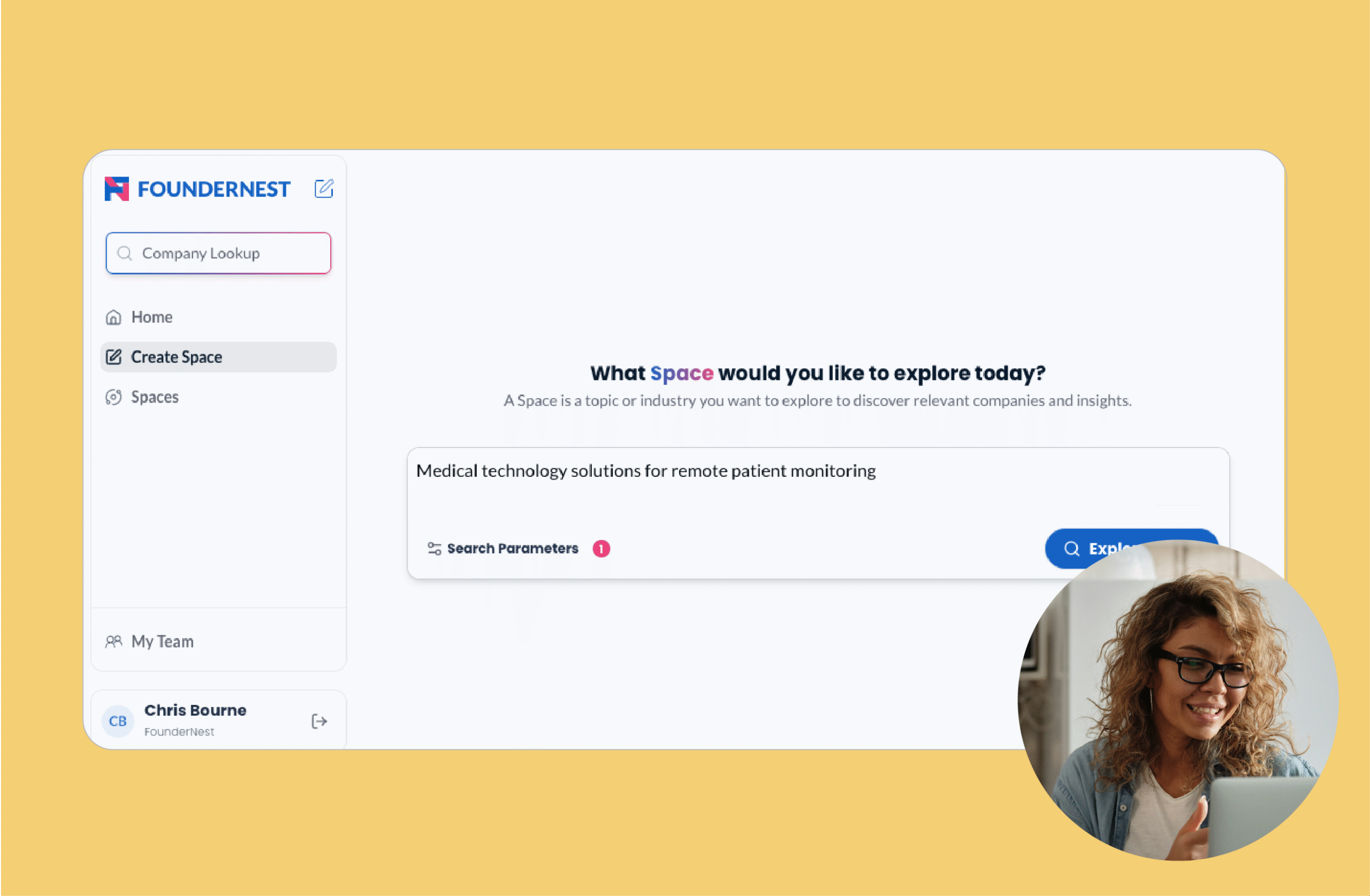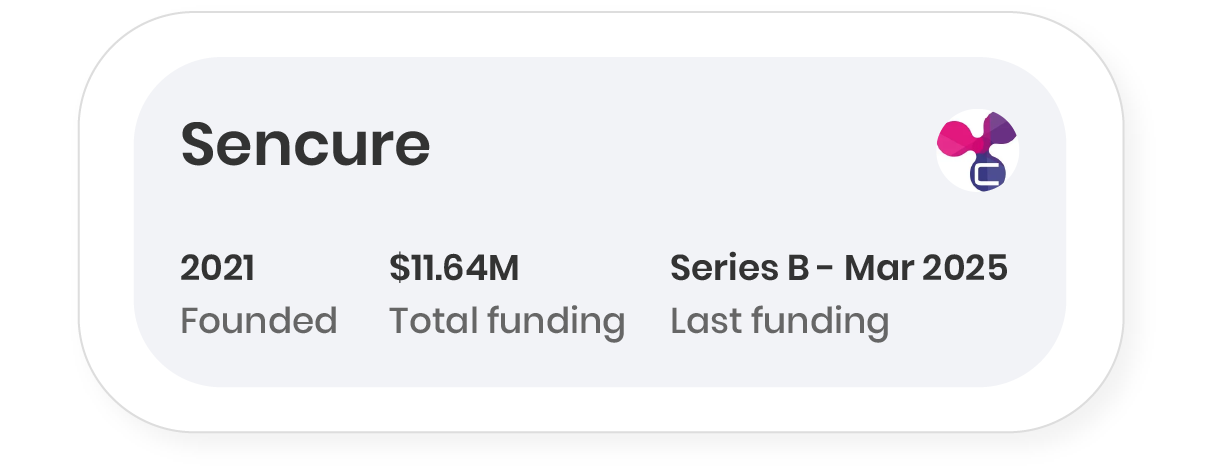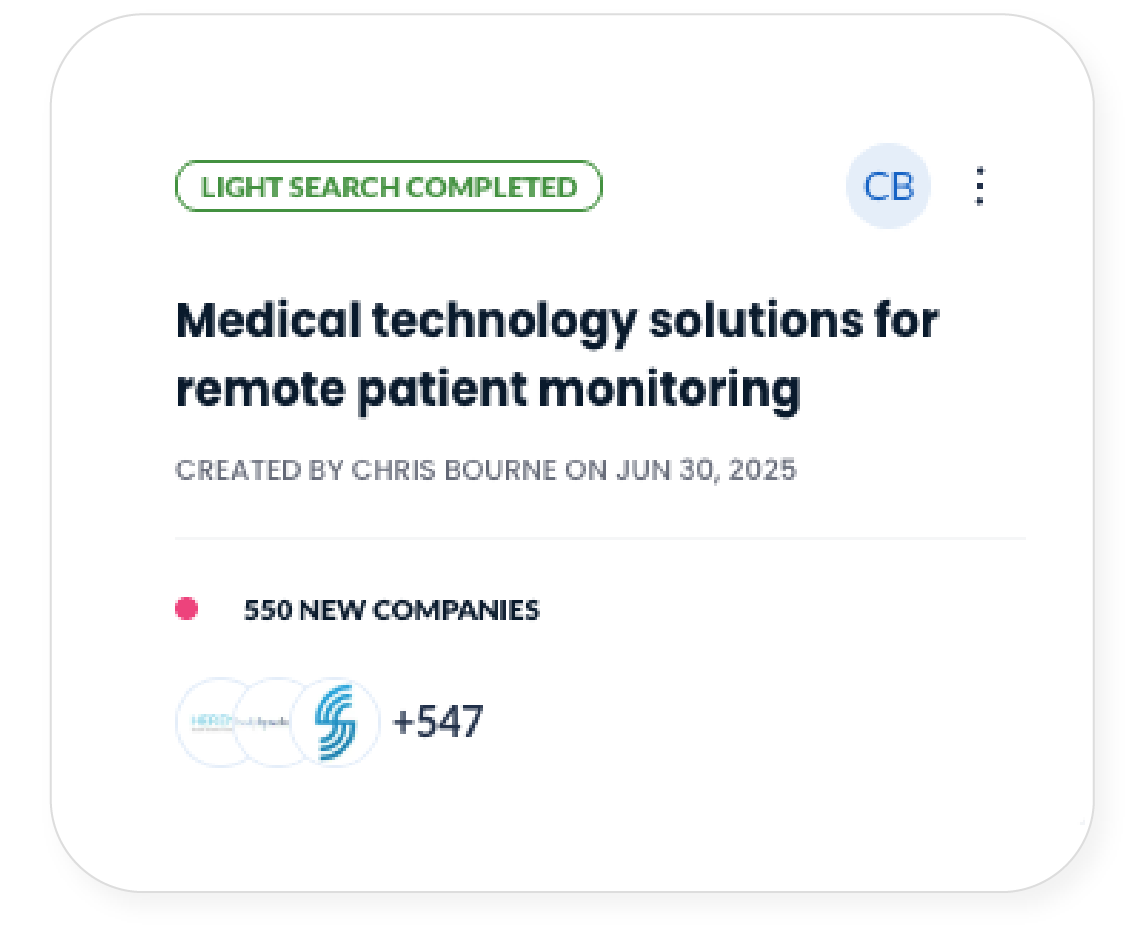Picture this.
Your corporate development team spots an exciting startup that could strengthen your innovation roadmap.
The team begins internal discussions, requests financials, and plans next steps.
But six months later, a press release hits the wire – your biggest competitor just acquired them.
Opportunity lost.
In 2025, that story happens far too often. Markets evolve faster than ever. The gap between “interesting signal” and “too late” is shrinking by the week.
For innovation, M&A, and corporate strategy leaders, timing is everything. The question isn’t whether you have data – it’s whether your competitive intelligence platform helps you detect the right signals in time to act.
Competing on foresight, not data
Innovation and M&A teams face a unique set of competitive intelligence challenges:
- Information asymmetry: emerging private companies and stealth startups operate below the radar, leaving huge blind spots.
- Signal vs. noise: too much data, not enough insight. Teams drown in alerts, newsletters, and dashboards.
- Speed vs. rigor: you need fast insights without compromising analytical depth.
- Siloed data: market, technology, and financial intelligence often live in separate systems.
- Reactive strategy: by the time competitor moves are public, you’ve already lost ground.
Traditional BI tools weren’t designed for this. They answer “what happened,” not “what’s coming.”
A modern competitive intelligence platform should combine AI, data enrichment, and workflow integration to give teams the equivalent of a strategic radar – a system that continuously scans, connects, and alerts before trends become headlines.
Here are the 20 essential features that define those next-generation platforms.
1. Market intelligence & opportunity discovery
Feature 1: AI-powered signal detection
Your platform must process millions of data points – funding rounds, job postings, patent filings, product updates – to surface non-obvious signals. AI models should flag anomalies automatically, e.g. a SaaS firm suddenly hiring hardware engineers. That’s a sign of a pivot, partnership, or competitive threat.
Feature 2: Market adjacency mapping
The best competitive intelligence companies don’t just track direct rivals; they map adjacencies. A good platform visualizes which firms could pivot into your market, or who might become a future acquisition or collaborator.
Feature 3: Trend forecasting
A modern market intelligence platform must move beyond dashboards to prediction – spotting converging technologies, fast-growing segments, and shifting customer behaviors.
Feature 4: Disruptor early-warning
Hidden disruptors don’t announce themselves. Look for a platform that monitors stealth signals – new domain registrations, C-suite hiring, quiet funding rounds – to identify early movers before your competitors do.
Example: When a small sensor manufacturer starts recruiting edge-AI engineers and expands into autonomous-vehicle patents, your platform flags them weeks before traditional analysts notice.
2. Target screening & due diligence
Feature 5: Continuous target discovery
Instead of starting fresh each time a deal is explored, your system should maintain a live pipeline of hundreds of pre-qualified targets. FounderNest, for instance, enables constant monitoring so opportunities don’t go stale.
Feature 6: Financial health monitoring
Even private firms leave digital breadcrumbs – hiring slowdowns, investor exits, customer churn. An advanced platform tracks funding velocity, valuation proxies, and liquidity indicators.
Feature 7: Centralized due-diligence repository
Gone are the days of scattered spreadsheets. The right platform stores months of intelligence – customer wins, technology audits, leadership changes – in an accessible, shareable workspace.
Feature 8: Collaborative workspaces
Deals cross functions: finance, strategy, tech, legal. Integrated workspaces with version control, tagging, and secure access ensure everyone works from the same intelligence base.
Use Case: An M&A team tracking 200 potential targets gets an automated alert that a top 10 candidate’s CTO resigned and the firm secured Series C funding. Within hours, the team convenes, adds internal notes, and accelerates contact instead of discovering the news weeks later.
3. Technology & innovation monitoring
Feature 9: Technology-stack intelligence
You need visibility into what technologies competitors and startups use, from cloud providers to APIs. This helps identify emerging standards and acquisition fit.
Feature 10: Patent & IP tracking
Patent filings reveal future direction. A competitive intelligence platform should automatically collect and categorize IP data to highlight innovation momentum or saturation.
Feature 11: R&D and partnership insight
Monitoring R&D investment and technology partnerships shows where industries are converging. A sudden partnership between a chipmaker and an automotive OEM can signal new opportunities in mobility or edge computing.
Feature 12: Automated research queries
You shouldn’t need analysts to run manual searches. Define hypotheses (“Startups working on carbon capture + hydrogen in Europe”) and let your platform feed new results as they appear.
Example: A corporate venturing unit configures an automated query for “battery recycling + AI monitoring.” Within days, it surfaces two startups raising funds in Germany – before competitors’ scouting teams spot them.
4. Strategic foresight & planning
Feature 13: Ecosystem mapping
Your platform should visualize entire ecosystems – suppliers, acquirers, investors – not just company lists. This uncovers consolidation trends and “who’s backing whom.”
Feature 14: Geographic expansion intelligence
As global competition intensifies, geographic awareness matters. Platforms should detect when competitors expand into new markets via hiring, partnerships, or local acquisitions.
Feature 15: Regulatory & policy tracking
In 2025, regulation is strategy. AI tools should parse government releases, SEC filings, and subsidy programs to flag opportunities or risks (e.g. EV credits, data-privacy laws).
Feature 16: Scenario-planning simulations
The best competitive intelligence platforms model “what-if” scenarios. They let you visualize downstream effects – partner realignments, valuation changes, market coverage gaps.
Example: A European energy firm models a scenario where a rival buys a hydrogen startup. The simulation shows a resulting monopoly in Northern Europe, prompting your firm to pursue a counter-acquisition in Spain.
5. Integration & activation
Feature 17: API & workflow integration
A market intelligence platform should plug into CRMs, deal-flow trackers, and collaboration tools (Slack, Notion, HubSpot). Alerts and updates should flow automatically into your workflow.
Feature 18: Thesis testing & validation
You should be able to test investment or innovation theses within the platform. For instance: “Is corporate venture funding accelerating in generative-AI energy applications?” The system should validate and visualize the trend.
Feature 19: Custom taxonomies
Every enterprise defines markets differently. Custom tags like “grid + storage,” “edge AI mobility,” or “bio-based polymers” enable teams to track what’s strategically relevant, not generic categories.
Feature 20: Fast time-to-value
Insights delayed are insights wasted. Your platform should deliver usable outputs within weeks – with minimal configuration – not after a six-month implementation.
What separates modern competitive intelligence platforms
Legacy intelligence systems relied on static quarterly reports, manual monitoring, and research “on demand.” They were built for analysts, not decision-makers.
Modern platforms share five defining traits:
- Continuous monitoring: Track thousands of entities 24/7 – not just public competitors but private and stealth startups.
- AI signal prioritization: Machine learning highlights anomalies that matter: new patents, leadership moves, or regional hiring bursts.
- Predictive insight: Forecast where the market is heading instead of describing what already happened.
- Unified intelligence: Integrate data from public sources, proprietary databases, and collaboration notes into one truth.
- Collaborative intelligence: Knowledge compounds over time – annotations, comments, and actions make the system smarter with each use.
As analyst firm Octopus Intelligence notes, “the shift from passive dashboards to predictive competitive intelligence platforms is redefining corporate agility in 2025.”
AI doesn’t replace human judgment; it amplifies it, letting lean innovation teams achieve what once required entire research departments.
Key questions when evaluating a competitive intelligence platform
- How many entities can it actively track – dozens, hundreds, or thousands?
- Does it include private and startup intelligence, not just public data?
- How current is the data feed – daily, weekly, monthly?
- Can we create custom hypotheses or watchlists aligned with strategic themes?
- How well does it integrate with CRM, deal-flow, and collaboration tools?
- What data-security measures protect confidential deal information?
- Can it model “what-if” strategic scenarios?
- How long until insights go live – weeks or months?
Platforms that answer these with confidence will give your team a genuine strategic edge.
Real-world use cases
- Automotive OEM expansion: A leading lighting supplier used a competitive intelligence platform to monitor adjacent domains like LiDAR and mobility software. AI detected a small Israeli startup pivoting into adaptive lighting systems. Within two months, the supplier signed an exclusive partnership – pre-empting competitors.
- Energy & utilities: A major European utility monitored regulatory signals around energy-storage subsidies and discovered early signs of a surge in grid-edge AI companies. Acting early, they secured two pilot collaborations that later became acquisitions.
- Financial services: A global bank used an AI-powered intelligence platform to spot fintech disruptors entering wealth management. Insights from hiring and patent activity helped shape its 2025 acquisition roadmap.
Each case shows the same truth: foresight beats reaction.
Conclusion
The competitive landscape moves in months, not years. Startups rise, pivot, and exit before traditional research cycles even start.
For innovation, M&A, and strategy leaders, superior competitive intelligence isn’t a luxury – it’s survival.
The right market intelligence platform becomes your strategic radar, surfacing opportunities, threats, and adjacencies as they emerge. The only question that remains is: How fast can you deploy it before someone else does?
The next major disruption to your industry is already taking shape.
Will you see it coming?
FounderNest is a next-generation market and competitive intelligence platform built specifically for innovation, M&A, and corporate strategy teams at enterprise businesses. It unifies AI signal detection, target discovery, due diligence, and scenario-planning in one integrated system.
Whether you’re identifying acquisition targets, tracking disruptive startups, or mapping market adjacencies, FounderNest provides the infrastructure modern decision-makers need.
👉 See how FounderNest can transform your market intelligence. Book a demo today.
Frequently asked questions (FAQs)
Q: What is a competitive intelligence platform?
A competitive intelligence platform collects and analyzes external market signals — from startups, competitors, patents, and partnerships — to give organizations foresight into opportunities or threats.
Q: How is a market intelligence platform different from traditional BI?
BI focuses on internal metrics (“what happened”). Market intelligence platforms focus on external change (“what’s happening” and “what will happen”) — crucial for innovation and M&A.
Q: What makes platforms like FounderNest different from other competitive intelligence companies?
They emphasize AI-driven signal detection, private-company coverage, collaboration, and predictive modeling — not just static dashboards.
Q: How do these platforms handle private or startup data?
Through multi-source enrichment: parsing job postings, funding databases, patents, and online signals to infer momentum and direction.
Q: How often should data update?
In fast-moving markets, daily or continuous updates are ideal. Monthly cycles are already outdated.
Q: Can these systems integrate with existing tools?
Yes. Leading platforms offer APIs connecting to CRMs (HubSpot, Salesforce), collaboration apps (Slack, Notion), and deal-flow systems.
Sources and further reading
-
Valona Intelligence – What is Market Intelligence?
-
Contify – Market Intelligence Meaning & Benefits
-
Northern Light – Choosing the Right Competitive Intelligence Platform
-
MarketLogic Software – Market Intelligence vs Competitive Intelligence
-
Quid Knowledge Hub – Market Intelligence Definition and Examples


